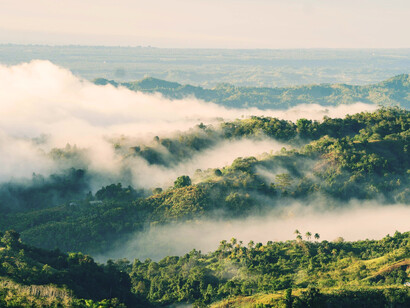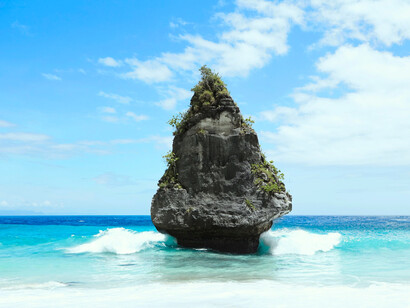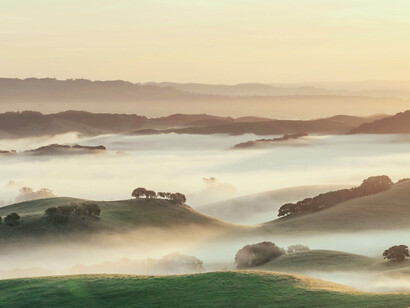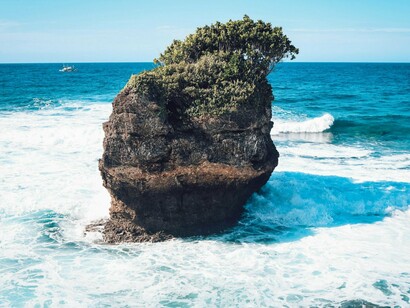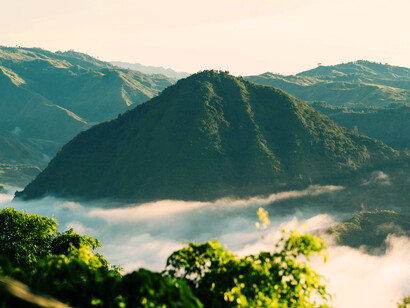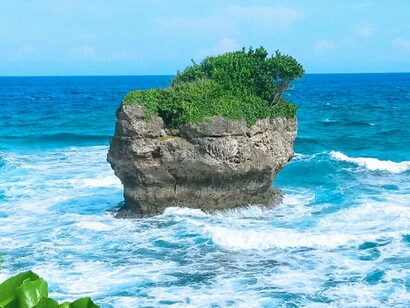After all that is written about the Duterte, both father and daughter, these days, it seems that a lot of Filipinos have misunderstood about Davao. This kind of stereotyping and the stories that they told prompted me to compose an article about my own city. This is not to defend Davao, but this is to tell a story of someone who was born and raised in Davao City—a place that shaped not just my childhood, but the very core of the woman I am today.
To many, Davao is known for its firm discipline and is often dubbed “the city of many policies.” Here, smoking in public is strictly prohibited, over speeding is tightly monitored, drinking alcohol is not allowed beyond midnight, and fireworks are banned even during New Year’s Eve—all in the name of public safety and order.
It’s also a city famous for the majestic Mount Apo, the rich aroma of sweet durian, and a vibrant cultural diversity that blends indigenous, Muslim, and Christian communities in peaceful coexistence. But for me, Davao is far more than its rules or its reputation. It’s home — the place where my dreams were planted and nurtured, and where I first discovered what it truly means to be resilient.
The streets from San Pedro to Bankerohan will tell a lot of stories of my childhood and the people who helped me shape my narratives, from selling vegetables in the streets until I turned to be a volunteer street educator, social worker, and educator. Even now when I am remembering these journeys, these streets will tell me a lot of stories not only about myself but also about the people whom I encountered, and I can say Davao is a storehouse of so many narratives worthy to be told or even being untold because there is a need to keep it safe within our hearts.
Growing up in the heart of Mindanao
As a child, I remember going to Bankerohan Public Market and walking hand in hand with my mother, crossing the Bolton River. Back then, I would often wonder why we had to walk so far—it felt endless to my young legs. But as I grew older, I realized something beautiful: Davao is a walkable city. You can explore downtown Davao on foot, starting from San Pedro Street, passing through Claveria, Uyanguren, and even as far as Bajada.
Walking wasn’t just part of our errands—it became a way of life, especially when I worked as a street educator. We would walk these same routes daily, looking for children in need and inviting them to stay at the Paginhawaan Drop-In Center, a safe space for street kids.
The huge Davao River will show you how powerful such water is, letting you understand the flow of life as the river meets the sea. Although there is separation between the two, it will also make you think of yourself that just like water, we just keep flowing. We do not need to question sometimes what life brought us, which for me, when I was young, I was full of resistance because I kept asking why things are like that or like this. But my mother often told me the same answer because life is like that.
I remember watching jeepneys go by, feeling the rhythm of a city that, even in its hustle, held a quiet kind of order. Davao taught me structure early on—from the pioneering anti-smoking ordinance to the consistent enforcement of speed limits. We grew up in a city that valued discipline and respected rules. But beyond all that structure, there was something deeper—kindness. There was community. And for a young girl like me, that sense of safety and stability became an anchor I would carry for life.
The good thing about Davao is you can walk in the pedestrian lane being respected and you do not need to hurry. Everybody knows their own spaces in this city. Even Davao was the first city in the country that first created the Davao City Children’s Development Code and Women’s Code. Making it highly advanced in terms of policies compared to other cities in the Philippines.
The people of Davao reflect our land: grounded, warm, and enduring. We are a vibrant blend of Lumad traditions, Muslim heritage, and Christian values. I’ve always admired how Davaoeños live side by side in mutual respect. Our city doesn’t just coexist—it thrives in harmony.
Every August, during the Kadayawan Festival, we don’t just gather to celebrate—we come together to give thanks: to our ancestors, to nature, and to each other. It is a time that people dance together and share their own way of dancing. How their tribes expressed themselves in different movements or different music. The different beats of the drums or local instruments are showcased like they are a pride of one’s community. Kadayawan serves as a means of people coming together, expressing their own gratefulness for being part of Davao as a community. Davao first started the living museum for the indigenous people coming from 8 different major tribes in Davao to showcase their culture and tradition.
A journey of purpose
Leaving Davao in 2019 to work in the adjacent Davao province is such a bold step for me because, to be honest, all the comfort is in Davao. It is a livable city and a lovable city as well. To live in other places in the Philippines will always make you think of Davao. As the saying goes, there is no place like Davao. Life is here.
I live away for a while because of work because I launched a Bachelor of Science in Social Work program in a remote area in Davao Occidental, bringing with me not only my academic background but also the deep-rooted values I gained growing up in Davao. It was a significant responsibility, and truthfully, it wasn’t always easy. I think my one problem is I always want other places in the Philippines to be like Davao.
Since the place where I was before was so remote, I had no psychological support at the time. The life there was so laid back, and my heart goes to a lot of people living in conditions like lack of basic resources like water, accessible roads, and health facilities. To be poor in Davao City made you reflect that you are way better off living in other places than Davao. Clearly you will understand the difference between "poor" versus "poorer" or "poorest."
I was single, navigating societal expectations and unsolicited comments like “Dapat magminyo na ka,” or “Life is easier with a partner.” But Davao taught me something far more important than simply settling down—it taught me to stand tall, even when standing alone. I learned that being single isn’t a limitation; it’s a space where strength, self-discovery, and service can thrive. I chose to rise above the judgments, not because I had something to prove, but because I believed deeply in the value of the work I was doing.
At the back of my mind, I also thought that places outside the country need to start a social work program for them to realize the basic and fundamental rights of people. They will think about the dignity of these human beings. I think in Davao, with almost five schools of social work, Davao has reached a ceiling of making its city a welfare-oriented community.
The concept of social responsibility is also crucial in Davao. To be a Dabawenyo is a prestige for everyone. Dabawenyo means tapat at totoo which really sung in our regional hymn. That conviction was shaped by a city where people didn’t wait for perfect conditions to act — they simply did what was right, with heart and determination. I carried that same spirit with me into classrooms, communities, and conversations that mattered.
Months later, during a visit to Davao after being assigned in Ormoc, I noticed just how much my hometown had changed. New buildings and high-rise towers had transformed the skyline, and for the first time, I saw downtown Davao free from visible posts and tangled wiring.
The streets I used to walk—once familiar and modest—now felt like part of a city catching up with the pulse of the modern world. It made me reflect: Davao is evolving, just as I did. And maybe one day, when I return for good, I’ll walk its streets again and feel not just proud but amazed—as if I’ve stepped into one of the most modern cities in the world, one that never lost its soul in the process. To be honest in my observation since I also traveled in Europe and in other countries only Davao in the places in Mindanao can make it like a European city.
Why Davao will always be home
People often ask me why I love Davao so much. My answer is always simple: Davao raised me to lead with heart and live with humility. It gave me the courage to go after my purpose and the wisdom to know when to listen. It’s in the way we smile at strangers. It’s in the taste of freshly grilled tuna panga by the sea. It’s in the calm I feel when I see Mount Apo watching over us. To think of yourself as a steward is a Davao mark.
It’s also in the countless stories like mine—of women rising, of youth dreaming, of communities lifting each other up. Davao isn’t perfect, but it is resilient, and that resilience is contagious. Just like the Philippine eagle, a majestic and awe-inspiring bird that currently holds the title of the largest eagle in the world, a symbol of power, grace, and resilience.
To young dreamers out there
If you’re from Davao or have ever lived here, I hope you see what I see—a city that gives you space to grow, to stumble, to succeed, and to serve. And if you’re someone still searching for that place that feels like home, come visit us. Taste our durian. Hike our trails. Talk to our people. You might just find that the strength you’re looking for has been here all along.
Belated Happy Kadayawan 2025, Davao. Madayaw!
Davao City didn’t just give me memories. It gave me identity. It gave me direction.


